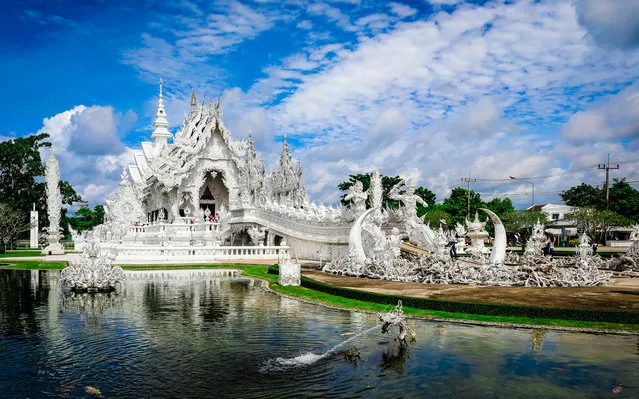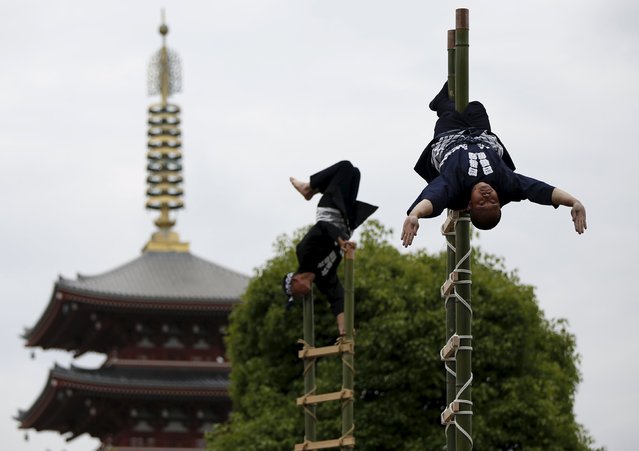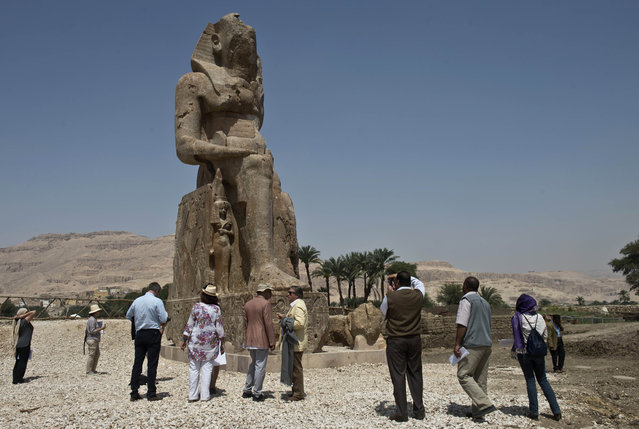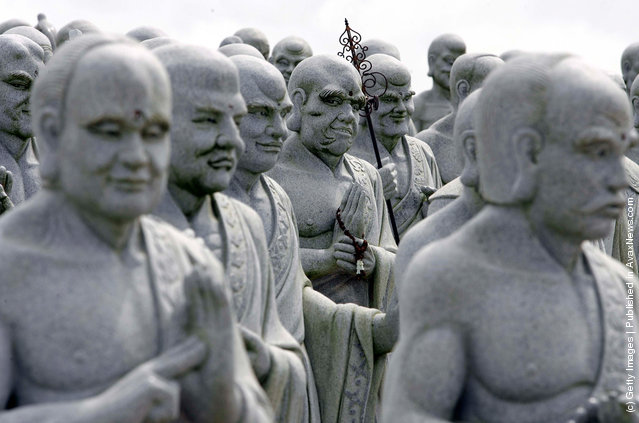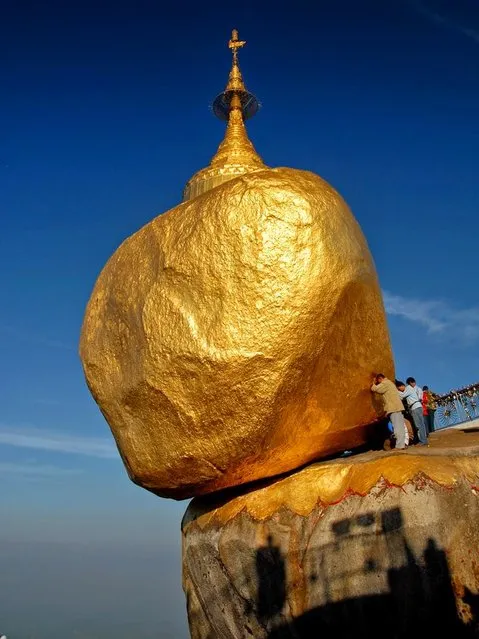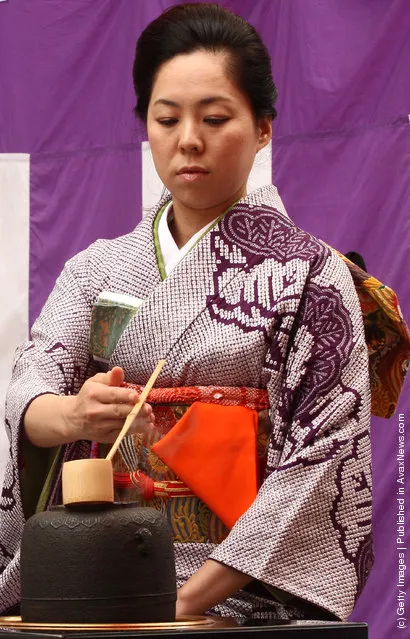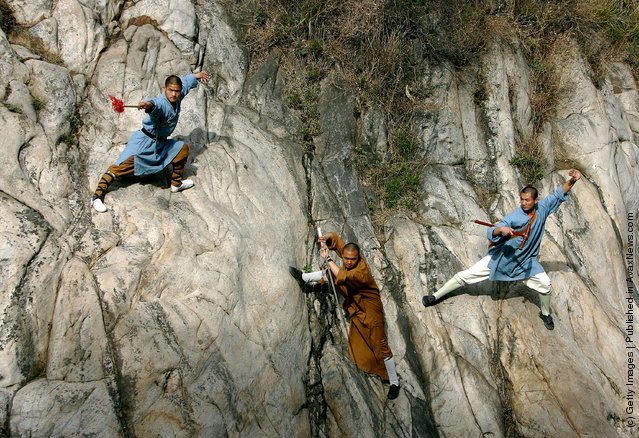
Warrior monks of the Shaolin Temple display their Kung Fu skills at the Songshan Mountain near the temple April 12, 2005 in Dengfeng, Henan Province, China. Shaolin Temple, built in AD 495 in the period of the Northern and Southern Dynasties (420–581) and located in the Songshan Mountain area, is the birthplace of Shaolin Kung Fu. (Photo by Cancan Chu/Getty Images)
17 Jun 2011 11:25:00,post received
0 comments

